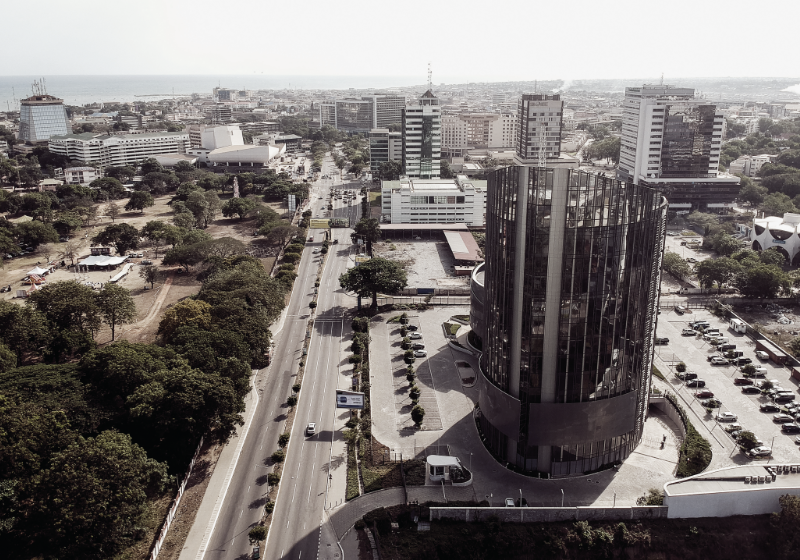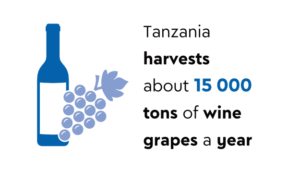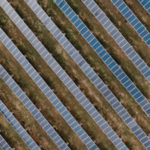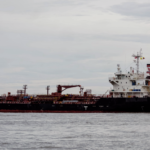Once known as the Gold Coast, the West African country of Ghana has one of the continent’s most diverse and resource-rich economies; one that is anchored by financial services, mining and agriculture. Ghana was the first African nation to achieve independence from colonial rule, in 1957, and since 1993 – when the Fourth Republic of Ghana was established – it has been widely regarded as a stable democracy, economic powerhouse and key player on the continent.
Ghana is widely considered a democratic country, ranking sixth in Africa in the Economist Intelligence Unit’s 2023 Democracy Index, behind Mauritius, Botswana, Cabo Verde, South Africa and Namibia.
With relatively stable economic growth, Ghana is positioned as a lower-middle-income country, where the services sector is the largest contributor to GDP, accounting for 47% of GDP at basic prices in Q1/23.
The sector includes financial services, telecoms, tourism and real estate. The rapid growth of mobile and internet penetration has spurred the development of digital financial services, fostering financial inclusion.
However, in 2022, Ghana experienced a macro-economic crisis that saw real GDP growth slow to 3.1%, compared to 5.1% the previous year, resulting in financing issues and the depreciation of the cedi, in addition to high inflation.
‘Ghana’s macro-economic crisis in 2022 has set back poverty-reduction efforts, with poverty levels estimated at 30.3% in 2023. It is crucial to maintain the momentum of the reforms, while mitigating the impact on the poor, to help sustain Ghana’s economic rebound,’ according to Michelle Keane, World Bank acting country director for Ghana, Liberia and Sierra Leone.
‘In parallel, we must lay the foundations for more sustainable and resilient economic growth by implementing comprehensive structural reforms to foster economic diversification and promote long-term inclusive growth.’
While economic growth further decelerated to an estimated 2.9% in 2023, annual inflation decreased from 53.4% in January 2023 to 23.2% in December 2023, driven by more stable exchange rates and the impact of monetary policy tightening during 2022/23. The government sought assistance from the IMF and implemented fiscal consolidation measures to stabilise the economy.
‘Ghana saw the steepest decline in corporate bonds outstanding to just 0.1% of GDP in June, from 1.9% a year before. Bonds issued by ESLA and Daakye Trust – special purpose vehicles set up by the government and incorporated as public companies – were restructured as part of its domestic debt exchange programme in February 2023,’ according to Absa’s 2023 Africa Financial Markets Index report. Ghana is ranked ninth out of 28 African nations.
‘This restructuring has also weighed on the value and turnover of Ghana’s listed government bonds. One positive is that, after further rounds of domestic debt re-profiling in August and September, Ghana’s government is on track to meet the terms of its US$3 billion IMF programme to release further disbursements from the fund.’
Ghana’s Securities and Exchange Commission also signed an MoU with the International Organisation of Securities Commissions (IOSCO) in September 2022. The IOSCO provides a benchmark for international co-operation and transparency in securities and derivatives law enforcement, which can bolster investor confidence. Two months later, in November, the Ghana Stock Exchange launched the ESG Disclosures Guidance Manual. Furthermore, Ghana’s 2023 federal budget has shown the West African nation is willing to pursue strategic investment to boost and retain FDI inflows.
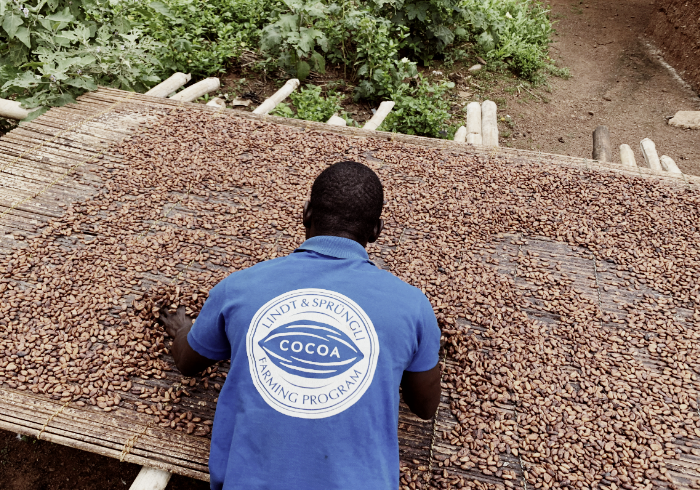
Ghana’s industrial sector is another important contributor to GDP, at around 32%. And it’s a sector that has seen substantial growth, particularly in mining, which plays a pivotal role in foreign exchange earnings. Ghana is the largest producer of gold in Africa.
‘An upturn in gold production by artisanal and small-scale producers offset a marginal decline in the outpuft of the large-scale sub-sector. As a result, Ghana’s output increased by 8.3% to 114.5 tons in 2023, from 105.7 tons in 2022,’ according to the Ghana Chamber of Mines in a 2024 report.
‘The production of gold, the country’s dominant mineral, rose from 3.7 million oz in 2022 to 4 million oz in 2023. This is equivalent to an 8.3% increase in production and is also the country’s highest output since the outbreak of the COVID-19 pandemic.
‘The production growth was driven primarily by the expansion in the output of small-scale miners, which was sufficient to offset the decline in the large-scale sub-sector’s output. Gold production attributable to the large-scale sub-sector declined from 3.1 million oz in 2022 to 2.9 million oz in 2023, which translates into a downturn of 4.9%.
‘Conversely, the comparable outturn for the small-scale sub-sector grew by 70.6%, from 0.66 million oz to 1.1 million oz in the corresponding period.’ GlobalData forecasts that production will rise by a CAGR of 0.37% between 2023 and 2027.
Ghana’s leading gold miners include Gold Fields, AngloGold Ashanti, Newmont and Kinross Gold. Gold Fields operates the Tarkwa and Damang gold mines, in which the Ghanaian government owns a 10% free-carry shareholding. (The company divested its 45% interest in the Asanko gold mine to its JV partner Galiano Gold in March 2024.)
In 2023, Tarkwa produced a total (100%) 551 koz gold and processed 14.1 Mt ore. Damang produced 153 koz gold and processed 4.8 Mt ore, but it is scheduled to cease operations in 2027, once the stockpiles have been processed.
Meanwhile Anglogold Ashanti’s Obuasi mine produced 224 koz, with 7.11 Moz in mineral reserves.
In early August this year, Ghana opened the Royal Ghana Gold Refinery (the first commercial refinery its kind) in Accra, in a move ‘to add value and earn more from the precious metal, which has been mined for centuries’, as reported by Reuters.
It has the capacity to process 400 kg of gold per day, and ‘will source gold ore from small-scale and artisanal miners before acquiring licences to process gold from large-scale miners’.
Until recently, Ghana was also a strong contender in the oil sector. Commercial crude discoveries were first made in 2007, with initial production just three years later. By 2019, it was pumping around 200 000 barrels a day (b/d). However, dwindling foreign investment has taken a toll on the once-thriving sector.
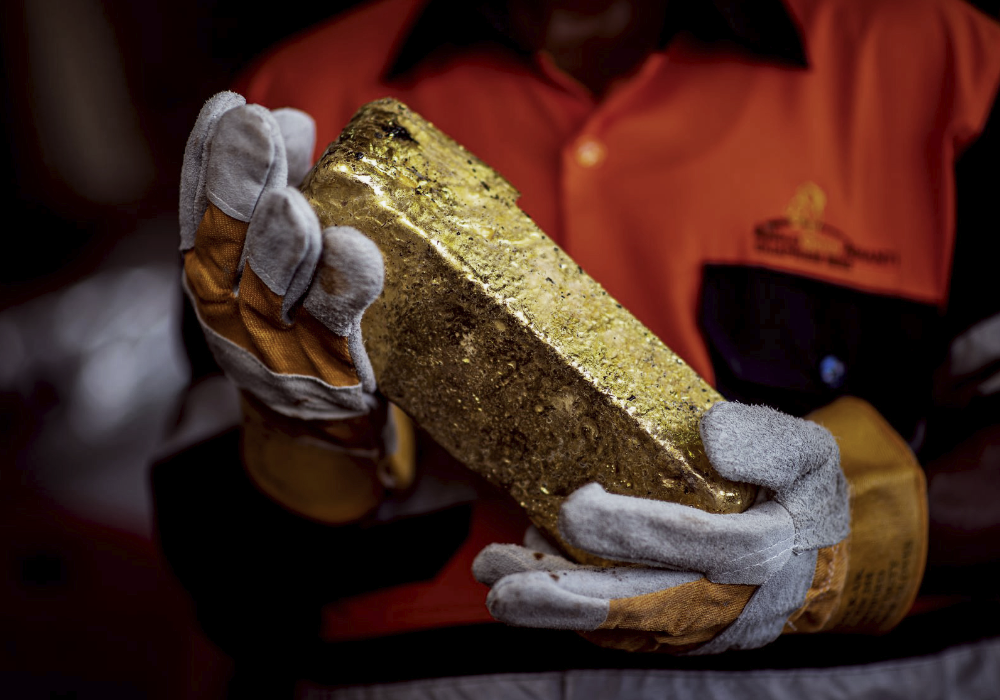
It is currently producing some 130 000 b/d of crude (well below its previous medium-term target of 420 000 b/d), with most of that from the Tullow Oil-operated Jubilee field. Almost all of Ghana’s low-sulphur-content crude is exported, primarily to China and the Americas, while the country reels from high fuel prices.
In Ghana, agriculture – which accounts for 21% of GDP – is another major driver of economic growth and an important source of forex. The sector employs around 44% of Ghana’s workforce and, the AfDB adds, agriculture provides livelihoods for nearly 75% of the rural population.
The country is a leading global producer of cocoa, which remains a critical export commodity. However, in June this year, Reuters reported that there has been a decline in cocoa production over three successive seasons. Ashanti and Western South – Ghana’s leading cocoa-growing regions were the biggest contributors to the overall drop in production.
‘Swollen shoot disease and artisanal gold mining – known locally as galamsey – are largely responsible for the drop in production in the two regions,’ says Nana Kwesi Barning, co-ordinator of the Ghana Civil Society Cocoa Platform. A major farmer in the Western South region, with around 80 ha of plantations, also told Reuters that more than half of his cocoa had to be cut down and replanted due to swollen shoot.
He added that illegal gold mining is also drawing young men away from cocoa farming. ‘If galamsey continues to exist, cocoa has no future,’ he said. ‘Because of the galamsey, you will not get anybody to work on the cocoa farm.’
Ghana’s fertile lands also support the cultivation of other key crops such as cassava, yams, maize and palm oil. Yet despite the sector’s significance, it faces challenges that include ageing farming populations, inadequate infrastructure and vulnerability to climate change.
In response, Ghana’s government continues to prioritise agriculture with the aim to modernise and transform the sector to ensure sustainable food security, create jobs, drive agro-industrialisation and enhance livelihoods.
Over the past few years, it has ramped up efforts to achieve its objectives through the implementation of various programmes.
These initiatives are designed to align with international development goals, including the SDGs, the Comprehensive Africa Agriculture Development programme-Malabo declaration, and the ECOWAS Economic Community of West Africa Agricultural policy.
Perhaps most importantly, though, the initiatives are aligned with Ghana’s Investing for Food and Jobs: an Agenda for Transforming Ghana’s Agriculture programme, which served as the blueprint for revolutionising Ghana’s agriculture sector between 2018 and 2021.
The plan operationalised the government’s vision of a modernised agricultural sector leading to a structurally transformed economy characterised by food security, increased employment opportunities and reduced poverty.
The government is currently implementing the new Investing for Food and Jobs II: Agenda for Transforming Ghana’s Agricultural Sector (2022–2025), which is designed to strengthen Ghana’s ability to navigate current and future challenges related to global supply chain disruptions and macro-economic instability, including currency fluctuations.
The government also recognises the importance of strategic interventions to boost food production and enhance resilience to prevent a potential food crisis, and has introduced several policy initiatives aimed at attracting private sector participation.
Whether Ghana can fully rebound from its 2022 crisis remains to be seen. But the government’s proactive stance leaves much room for optimism that the West African nation can recover – and then continue to thrive.

